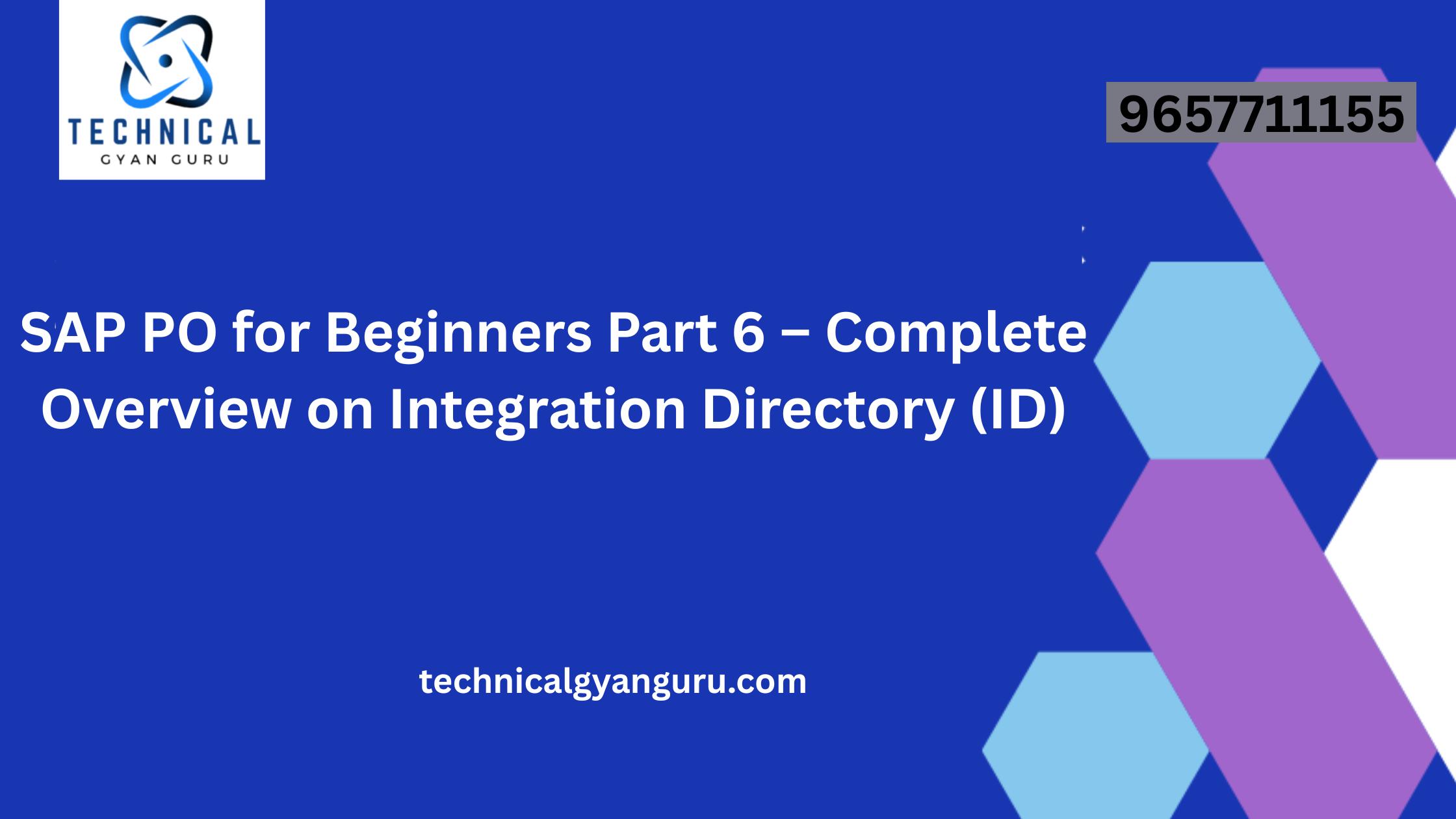
In the realm of data integration and exchange, OData stands as a powerful standard that enables seamless communication between diverse systems. This blog takes you on a journey through the process of creating and querying OData services, offering insights into how you can leverage this standard to unlock data interoperability and enhance your applications.
Creating OData Services
Creating an OData service involves exposing your data through a standardized API that adheres to OData specifications. Here’s a step-by-step guide to creating OData services:
- Data Source: Start by identifying the data you want to expose. This could be from a database, a web service, or any other structured source.
- Choose a Framework or Library: Depending on your technology stack, you can choose a framework or library that supports OData. Some popular choices include ASP.NET Core for .NET applications, Node.js with LoopBack, or libraries like Olingo for Java.
- Define Entity Sets: In OData, data is organized into entity sets, which represent collections of related data entities. Define the entity sets that correspond to your data.
- Define Entity Types: Each entity set corresponds to an entity type, which defines the structure of individual data entities. Define the properties of your entity types.
- Implement CRUD Operations: OData services support Create, Read, Update, and Delete (CRUD) operations. Implement the necessary logic to perform these operations on your data source.
- Expose OData Service: Configure your framework or library to expose the OData service. This typically involves setting up routes, endpoints, and mappings.
Querying OData Services
Querying OData services allows clients to request specific data subsets or perform operations on the data. Here’s how you can query OData services:
- HTTP Requests: OData services are accessed through HTTP requests. Clients can use standard HTTP methods (GET, POST, PUT, DELETE) to interact with the service.
- Query Options: OData supports various query options that clients can include in their requests. These options allow clients to filter, sort, paginate, and transform data.
- Filtering: Clients can filter data using query parameters. For example, to retrieve all products with a specific category, clients can use the
$filterquery option. - Sorting: The
$orderbyquery option enables clients to specify the order in which data is returned, such as ascending or descending based on a particular property. - Pagination: Clients can control the number of results returned using the
$topand$skipquery options, enabling efficient data retrieval. - Projection: The
$selectquery option allows clients to specify which properties they want to include in the response, reducing unnecessary data transfer.
Best Practices
- Data Security: Ensure that your OData service is secure by implementing proper authentication and authorization mechanisms.
- Optimize Performance: Consider optimizing your service for performance, especially if dealing with large datasets. Implement caching, indexing, and efficient query processing.
- Versioning: Plan for future changes by considering versioning strategies for your OData service. This ensures that existing clients continue to work as you make updates.
- Documentation: Provide clear and comprehensive documentation for your OData service, including details about available entity sets, query options, and usage guidelines.
Conclusion
Creating and querying OData services empowers data interoperability by offering a standardized way to expose, access, and manipulate data. Whether you’re building web applications, mobile apps, or enterprise solutions, harnessing the power of OData services can enhance the efficiency, flexibility, and effectiveness of your data-driven endeavors. By following the steps outlined in this guide and adhering to best practices, you’re well on your way to leveraging the full potential of OData for your applications.








